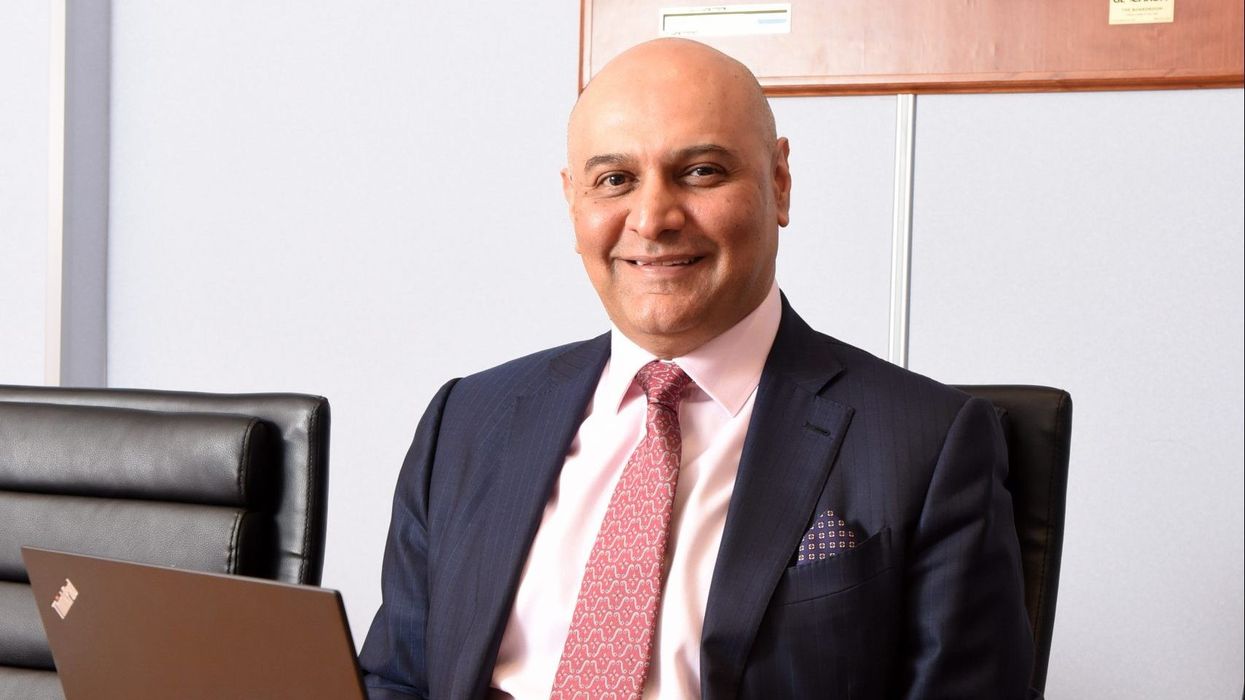By Professor Melinda Mills
University of OxfordTHE past weeks have brought announcements of promising vaccines against Covid-19. Vaccinations could start by the end of 2020, offering a ray of light to get our lives, family gatherings, work and businesses back to normal.
But as our thoughts turn from vaccines to vaccinations, lingering questions remain.
A first reaction is whether the ‘warp speed’ development of vaccines is safe. Vaccine science didn’t happen overnight and builds on decades of experience. It isn’t that corners have been cut – rather, everyone finally got in the same corner. Scientists, funders and pharmaceutical companies collaborated in an unprecedented way, but also shifted their focus and resources. Regulators follow standard procedures, but in a more agile manner.
But there have been some confusing messages, such as about the Oxford/AstraZeneca vaccine and whether another trial is needed. As with others, an early press release came before the peer-reviewed scientific results, focused on presenting different rates and not explaining how they occurred. This created debate, with the scientific publication and explanation needed and coming soon. This is the cheapest of the vaccines to date, easier to store and transport, promised to make no profit and as a result would be the one to roll out to many countries, so the world is waiting.
When thinking about vaccines, it is useful to talk about the five Cs – Confidence, Convenience, Complacency, Context and Communications. We need to have confidence that the vaccine is safe, but it also has to be convenient. Complacency can occur when people don’t see deaths or cases around them.
Context is likewise vital – we know there have been higher infection and death rates in Asian communities who are frontline workers, prone to illnesses related to Covid-19 vulnerabilities and more likely to live in multi-generation households. But this painful awareness could be crucial. Research from the 2009 H1N1 swine flu pandemic found that since deaths were higher for Bangladeshi and Pakistani children, there was a higher awareness of the dangers which translated into higher levels of vaccination.
This brings us to communications. The problem is that we are not only facing a pandemic, but also an ‘infodemic’. We all have legitimate fears and questions which need to be answered in order to build trust, which is not given, but earned with transparency and respect.
The ‘infodemic’ means we have to sift through a mountain of facts and misinformation. Separating fact from fiction can be hard work. Worse yet, there are groups that actively spread anti-vaxx misinformation and conspiracies. Their tactic is to sow a seed of doubt. In fact, they don’t just plant doubt, some even profit from it by selling their own ‘natural’ health remedies.
Doubt builds distrust using straightforward explanations that prey on our deepest fears and draw on our emotions with stories of a supposed case where everything went wrong. Before we know it, we might even share misinformation or become stuck in an echo chamber of fake information.
On the other hand, communications from scientists and government can be technical, passive and one way, and let’s be honest, the gov.uk or public health websites couldn’t exactly be classified as ‘click bait’. Sure, the information is correct, but it is a lot of text and science to sift through to get answers.
So if we want to get back to our lives, where do we go from here? We need an open dialogue to discuss concerns and fill the knowledge void. We need to be able to spot misinformation but there also needs to be accountability for those who spread it or host it on their platform. We also value information from our local community peers and leaders who we trust.
But we have to be patient. The vaccines are coming, but you might not be the first in the queue. Priority groups include older individuals, care home residents and workers, those with particular health risks and other frontline staff.
Still debating whether you will take a vaccine or not? My advice would be to stop thinking about yourself and start thinking about how vaccines will protect not only you, but also your family as well as your community.
Professor Melinda Mills is also the director of the Leverhulme Centre for Demographic Science and author of the British Academy and Royal Society report on vaccine deployment.












‘Trust and transparency vital to vaccine uptake’